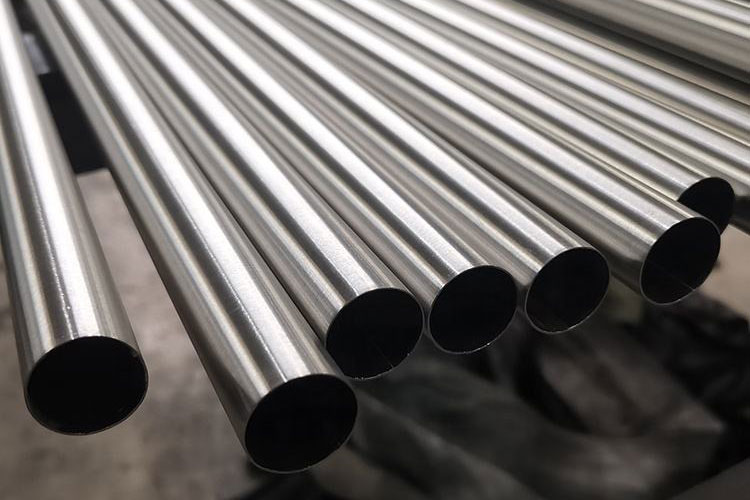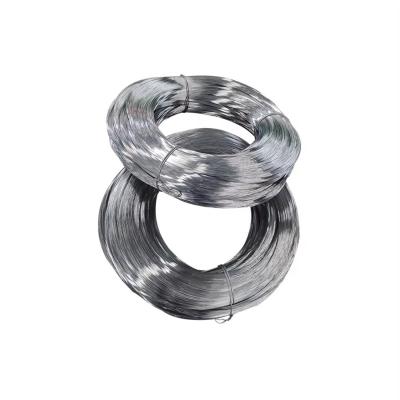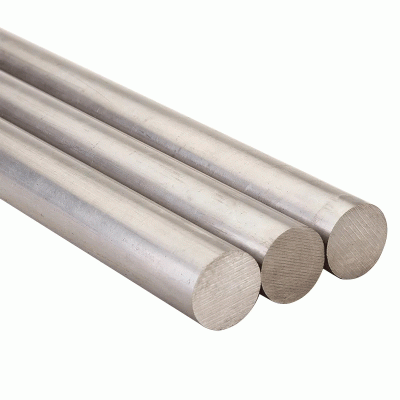The difference between stainless steel pipe and aluminum pipe

1. Comparison of copper pipe and stainless steel pipe
Now from the material's physical performance, health performance, corrosion resistance, economic value and other aspects of comparison.
1. Comparison of physical properties
Comparison of tensile strength:
Take the commonly used 304 material of thin-wall stainless steel pipe as an example, its tensile strength is 530 ~ 750Mpa, is galvanized pipe 2 times, copper pipe 3 times. Therefore, the wall thickness of the thin-walled stainless steel pipe can be thinner than that of the copper pipe (0.6MM), in line with the national industrial policy of saving materials, but also has the strength guarantee, and can achieve the purpose of reducing the load-bearing of the building
Comparison of thermal conductivity:
The thermal conductivity of the thin-walled stainless steel tube is 15 W/m℃(100℃), which is 1/4 of the carbon steel tube and 1/23 of the copper tube. Because of its good thermal insulation performance, thin-wall stainless steel pipe is especially suitable for hot water transportation. Whether it is the thickness of insulation layer, or the construction and maintenance costs of thermal insulation structure, thin-wall stainless steel pipe has better economy.
Comparison of thermal expansion coefficient:
The average coefficient of thermal expansion of thin-walled stainless steel tube is 0.017mm/ (m℃), which is close to that of copper tube. Metal tube should be used for hot water transportation

2. Comparison of sanitary performance
Stainless steel water pipe to eliminate the "red water, blue and green water and hidden water" problem, no odor, no scaling, no harmful substances precipitation, keep the water pure, harmless to human body.
Decades of practice abroad and laboratory tests in different countries have shown that the precipitation of stainless steel metal elements is less than 5% of the standard value stipulated by WHO and the European Drinking Water Act (the world's regulations are based on these two standards).
In fact, stainless steel material itself is safe and non-toxic, good cleanliness and other characteristics, has been stainless steel in various fields involving human health decades of successful application of history fully proved, become a well-known fact.
Stainless steel is not only used for a long time in the food industry, including beverage, dairy, brewing, pharmaceutical industry, tableware, cooking utensils and other industries and has become the standard material of these industries, but also widely used in medical human body implants with high requirements for material safety and cleanliness, such as various scaffolds, artificial joints and internal steel nails, etc. And become the standard materials for the semiconductor industry clean room with high cleanliness requirements.
It is well known that copper pipes are easy to corrode and produce patina.
Copper pipes have excessive copper problems, corrosion caused by blue and green water produced corrosive bitter odor, and scaling phenomenon. The "patpatine" occurring in the copper pipe, the main components are copper carbonate, copper hydroxide compound [cuco3.cu(on)2] and copper sulfate (cuso4), easy weathering and easy to dissolve in water, although can inhibit fungal action, but the bacterial action is poor, toxic also used as insecticide, convergence, stimulation and corrosion of human body mucous membranes.
It can cause reflex vomiting and has a strong stimulating effect on the intestine. Modern medical research shows that drinking water with excessive copper (whether it reaches the level of blue or green water) is of great harm to health.
3. Comparison of corrosion resistance
Because thin-walled stainless steel tube can be passivation with antioxidant effect, in the density of surface forming a layer of tough rich chromium oxide film of chromium trioxide (Cr2O3), effective to prevent further oxidation reaction occurs, and the brass passivation ability is small, this is the corrosion resistance of copper tube far less thin-walled stainless steel pipes of the key reasons.
When using copper pipe, it is necessary to control the chemical composition and speed of water, otherwise it will cause corrosion of pipe, such as copper pipe in PH< 6.5 or residual chlorine content > Water at 70ppm significantly increases corrosion, and soft water also causes increased corrosion. The water speed should not exceed 2 m/s when using copper pipes, otherwise the corrosion rate will be significantly increased.
When the flow rate reaches 2 m/s, the corrosion degree of the copper pipe is about 3 times that of the thin-walled stainless steel pipe, and when the flow rate is greater than 6 m/s, the corrosion degree will be 20 times that of the thin-walled stainless steel pipe.




